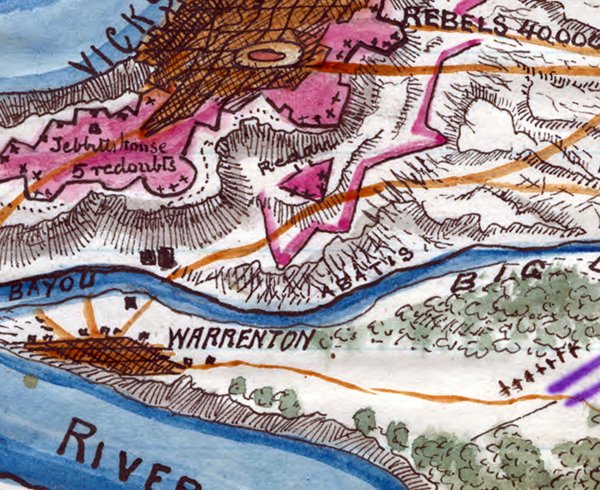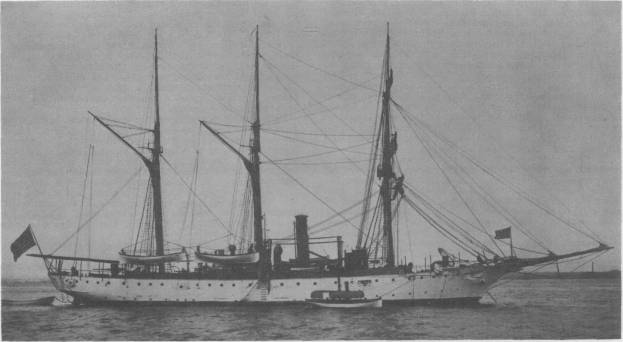

His patients arrived in Norfolk from all theaters of war, and when he looked eastward to the sea, the distant masts of blockading Union ships reminded him of supply shortages and the medicines he badly needed. South Carolina Surgeon Francis Peyre Porcher, who knew intimately the devastation caused by tropical diseases, attended to sick and wounded soldiers in several hospitals before his assignment to the Naval Hospital in Norfolk, Virginia.

Southern military physicians, all of whom were titled surgeons, took no satisfaction in the malarial outbreaks that decimated the ranks of their opponents. Vicksburg’s defenders were no better off, described by a Union army commander as “haggard & care-worn.” One of the defending officers wrote, “The command suffers greatly from intermittent fever, and is generally debilitated from the long exposure and inaction of the trenches.” Pestilential Warfare (It would be another 20 years before doctors began to suspect mosquitoes were to blame for malaria and yellow fever.) Almost three-quarters of the besieging Union troops were dead or too sick to work.

One soldier observed that the gallinippers-slang for mosquitoes-were so thick about the camp that they “filled the air like rain drops.” Mosquito nets, called bars, were not yet widely available, and soldiers exploded gunpowder cartridges in their tents to keep the pests away, unaware that they were the source of much of the illness gripping the encampments. One physician wrote, “The pestilential atmosphere of the country about Shiloh was producing an amount of sickness almost without parallel in the history of the war.” In May, Sherman mustered only half of his 10,000 troops because the other half were sick.Īt Vicksburg, the disease-ravaged Union navy and army failed in its first attempt to capture the strategically important Southern city on the Mississippi River. Before and after the fight, typhoid, diarrhea, scurvy, and the fevers associated with malarial diseases ravaged troops on both sides. Sherman’s forces met the enemy in a bloody battle. The first test of this theory came in April 1862 in Shiloh, Tennessee, where Union General William T. Just wait until summer, Southern newspapers predicted. In 1862, the second year of the American Civil War, Southerners took satisfaction in knowing that invading Union army troops would succumb to tropical diseases endemic to the South’s bayous, swamps, and coastal regions.


 0 kommentar(er)
0 kommentar(er)
